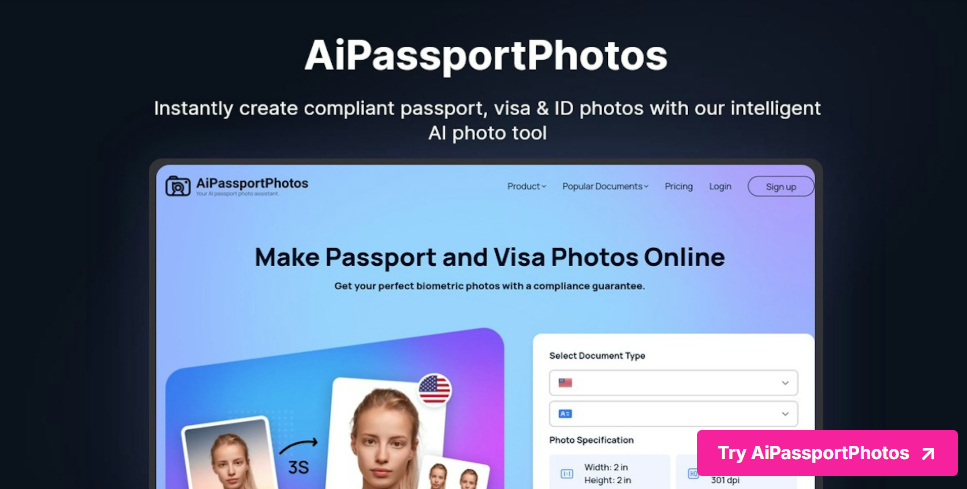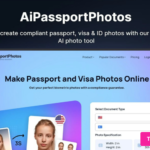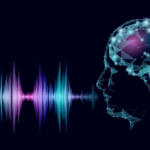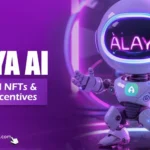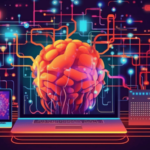In recent years, generative AI has made significant strides in various fields, from creating art to generating realistic text. But can it be used to create something as specific and regulated as a passport photo? This article explores the possibilities, limitations, and ethical considerations of using generative AI for passport photos.
What is Generative AI?
Generative AI refers to a class of artificial intelligence algorithms that can generate new content, such as images, text, or even music. These algorithms are trained on large datasets and can produce outputs that mimic the style, structure, and content of the input data. Popular examples include OpenAI’s GPT models for text and DALL-E for images.
Can Generative AI Create a Passport Photo?
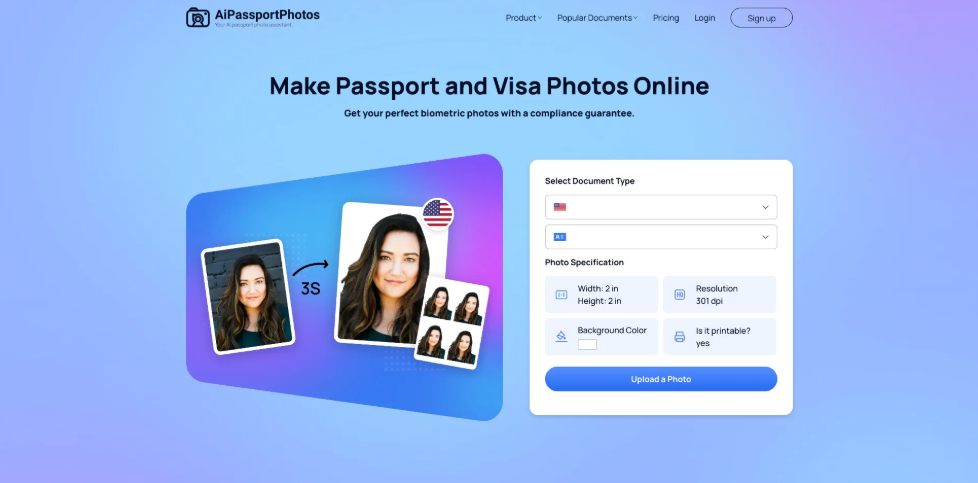
The short answer is yes, generative AI can create a passport photo. However, there are several important considerations to keep in mind:
1. Accuracy and Realism
Generative AI can produce highly realistic images that could pass for genuine passport photos. Tools like DALL-E, Stable Diffusion, and others can generate human faces that meet the basic requirements for a passport photo, such as a neutral expression, proper lighting, and a plain background.
2. Compliance with Regulations
Passport photos must adhere to strict guidelines set by government authorities. These guidelines often include specifications for size, background color, head position, and facial expression. While generative AI can create images that meet these criteria, it’s crucial to ensure that the generated photo complies with the specific requirements of the issuing country.
3. Ethical and Legal Considerations
Using AI to generate a passport photo raises ethical and legal questions. For instance, creating a fake identity using AI-generated images could be illegal and unethical. Additionally, using someone else’s likeness without their consent could lead to privacy violations.
How to Use Generative AI for Passport Photos
If you’re considering using generative AI to create a passport photo, here are some steps to follow:
- Choose the Right Tool: Select a generative AI tool that specializes in creating realistic human faces, such as DALL-E or Stable Diffusion.
- Input Specific Requirements: Provide the AI with detailed instructions to ensure the generated photo meets passport photo guidelines. This includes specifying the background color, head position, and facial expression.
- Review and Edit: Once the AI generates the photo, review it carefully to ensure it meets all necessary requirements. You may need to make minor adjustments using photo editing software.
- Verify Compliance: Before submitting the photo, verify that it complies with the passport photo guidelines of the issuing country. Some countries offer online tools to check photo compliance.
FAQs
1. Is it legal to use generative AI for passport photos?
The legality of using generative AI for passport photos depends on the country and its regulations. In most cases, as long as the photo meets the official requirements and is used for legitimate purposes, it should be legal. However, using AI to create fake identities or commit fraud is illegal.
2. Can generative AI create a photo that meets all passport requirements?
Generative AI can create photos that meet many passport requirements, such as background color, head position, and facial expression. However, it’s essential to review the generated photo carefully and make any necessary adjustments to ensure full compliance.
3. Are there any risks associated with using AI-generated passport photos?
Yes, there are risks, including the potential for creating fake identities or violating privacy laws. It’s crucial to use AI-generated photos responsibly and ensure they are used for legitimate purposes.
4. What are the best tools for generating passport photos with AI?
Some of the best tools for generating realistic human faces include DALL-E, Stable Diffusion, and Artbreeder. These tools can create high-quality images that can be adjusted to meet passport photo requirements.
5. Can I use an AI-generated passport photo for official documents?
If the AI-generated photo meets all the requirements and is used for legitimate purposes, it can be used for official documents like passports. However, always verify compliance with the issuing authority’s guidelines.
Closing
Generative AI has the potential to create realistic and compliant passport photos, but it’s essential to approach this technology with caution. Always ensure that the generated photo meets all legal and regulatory requirements, and use AI responsibly to avoid ethical and legal pitfalls. As AI continues to evolve, it will be interesting to see how it impacts the field of identity verification and document creation.
